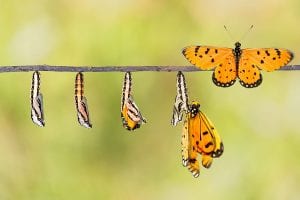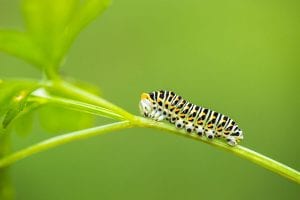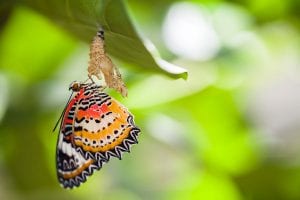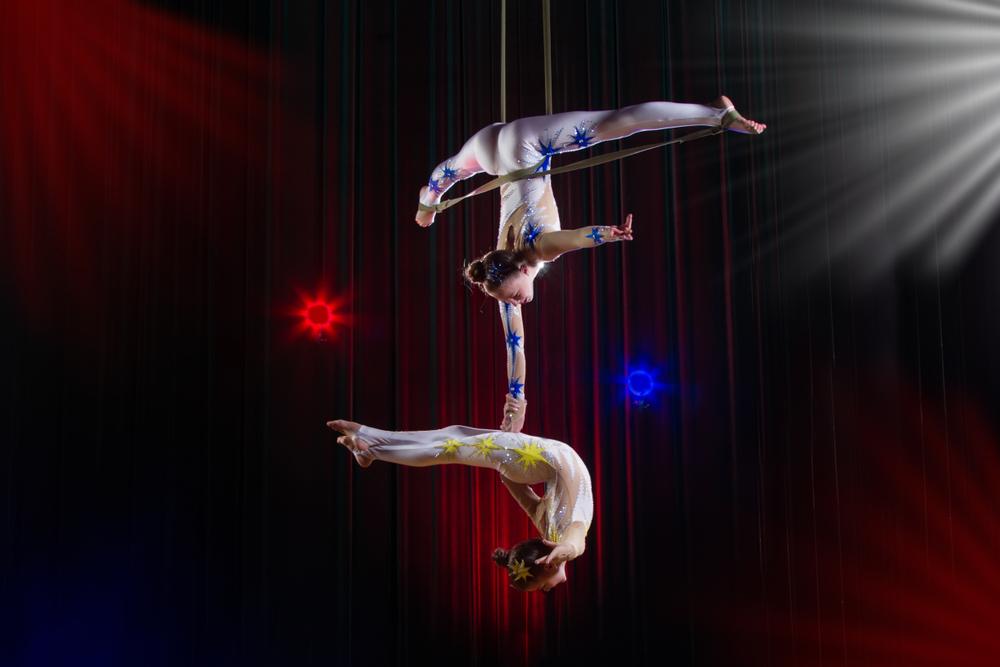This may seem like a strange question if we think organizations are objects. However, I believe that organizations behave more like a living system than an inert one. Organizations are filled with human beings. It doesn’t take a huge leap of faith to believe that a living system would emerge from all the life that shows up every day in an organization.
If we believe in the possibility that organizations are living systems, then a set of possibilities exist that don’t when we believe they are objects. For example, if we believe that:
- Organizations are living systems, then we realize that:
- All living systems have the potential to evolve. Therefore, organizations can evolve beyond where they currently are. They can become something more. More complex, less consumptive, and more generous.
- Where can we learn new models for organizations that can help us envision a new kind of organization? We can draw inspiration and lessons from Nature and the evolution of type I, II, and III ecologies. Nature has had 3.8 billion years of evolution. It has used that time to create ecosystems that evolve from type I, to type III ecologies. A Type I ecology are like weeds and annuals. They consume all their nutrients from the soil and don’t contribute anything back as a result, they are short lived and not resilient. Organizations who are like type I ecologies are consumptive. Organizationally, this would be comparable to a startup venture. The organization consumes their nutrients from the venture capital investments that are funding the new organization. They often don’t contribute anything back at this stage of their evolution. If they don’t evolve, they die, just like the weeds and annuals in our garden. They only live if conditions are favorable. When winter comes, (or money runs out) they both die. I call these kinds of organizations consumptive. They take resources to live, but don’t give back to the bottom line and the larger community – just like weeds take from the soil but don’t give nutrients back to it.
- Type II ecologies are also consumptive. These ecologies are composed of perennials, small shrubs, and short-lived trees. They also consume most of their nutrients from the soil and give little back to the soil. They live longer because they start to store nutrients for their own use in their roots, tubers, and bulbs. They still consume more than they contribute. I like to think of these plants as comparable to organizational silos. They replicate themselves but are focused on the individual plant species. Organizations that are like type II ecologies are consumptive – they have silos, they compete against one another. They consume more organizational resources then they contribute. There is lots of waste but sometimes it is hard to see because this is what we think is normal organizational behavior. Organizations at this level of evolution create and sell products to contribute to the organizational resources, they generate profits, but they aren’t always efficient or effective.
- Type III ecologies are generous systems. They are like old growth forests or mature prairies. There are diverse species and plant life and because they exchange nutrients with each other to live, they contribute nutrients back to the soil instead of taking from the soil. Their relationships are the key to their long life and resiliency. They are diverse, complex, cooperative, filled with relationships, and they are life-giving. Nature can help us envision what our organizations could become.
We have examples of evolutional movement in organizations. For example, many organizations are moving away from protected silos towards integrated relationships. Our leadership teams are showing up to serve the entire organization, not just their part. We are more aware of the risks associated with homogeneity and some firms are focused on creating gender parity. Investment firms are tracking this movement and using diversity, social responsibility, and environmental friendly as investment strategies because they on average give back better returns over time. All these actions suggest our organizations are evolving from being more consumptive to something else. I suggest that the next level of organizational evolution will be more like the generous systems found in type III ecologies in nature.
The premise of Leading from the Roots: Nature Inspired Leadership Lessons for Today’s World is that our organizations are living systems that can evolve and grow to become more generous in how they organize themselves, treat people, and how they contribute to our communities and world. Leaders can help their organizations grow into generous organizations. This book tells you how. I start by identifying key design principles found in nature that helps it create living systems that evolve toward old growth forests. Then I explore the dynamics found in living systems. Positional leaders who want to grow generous organizations can use the design principles paired with living system dynamics to shift their leadership practices to be more aligned with the generous systems found in nature.
Do you think organizations are living systems?
Do you think your organization can evolve?
If so, how is your organization evolving?
What are your indications that let you know?








